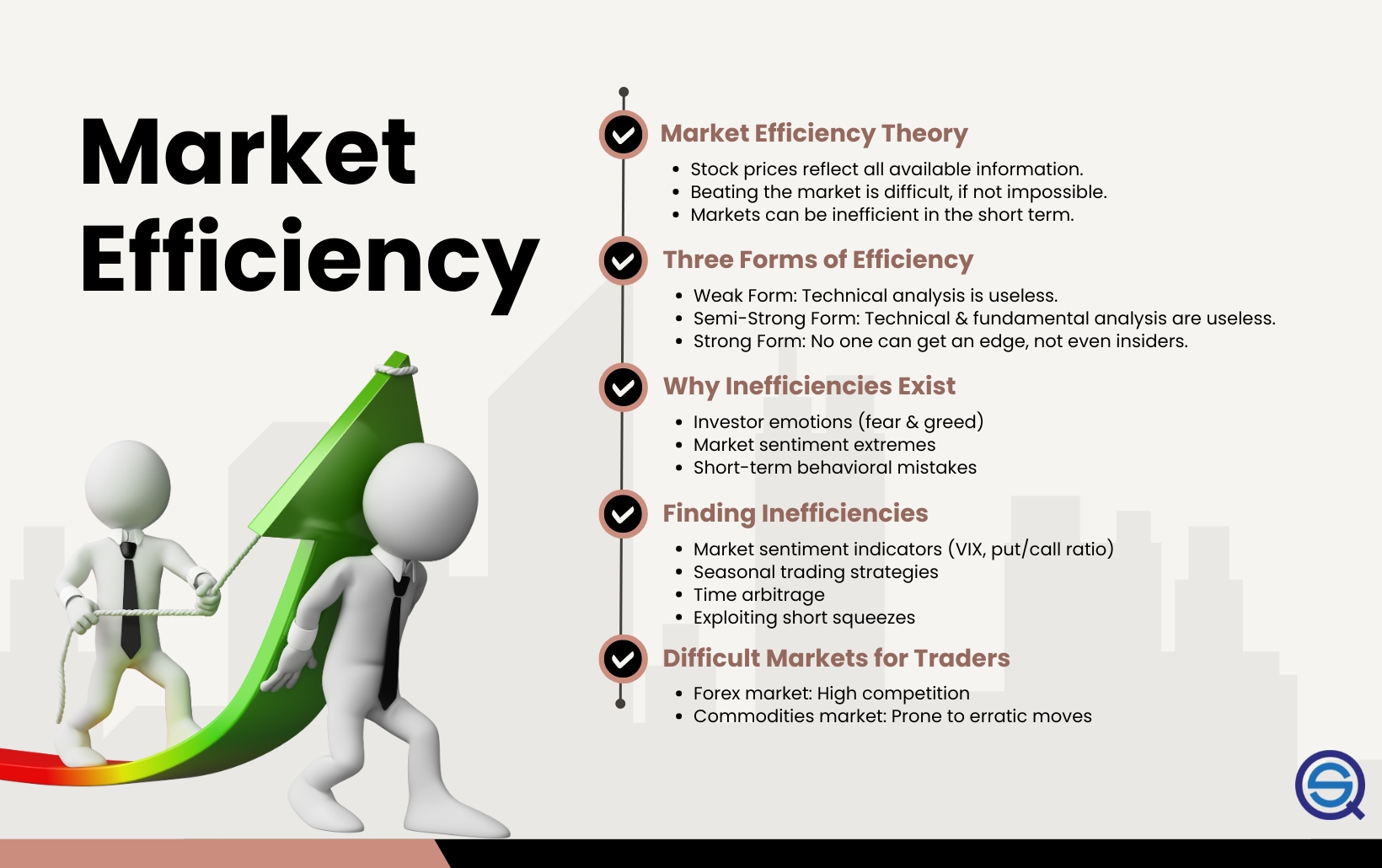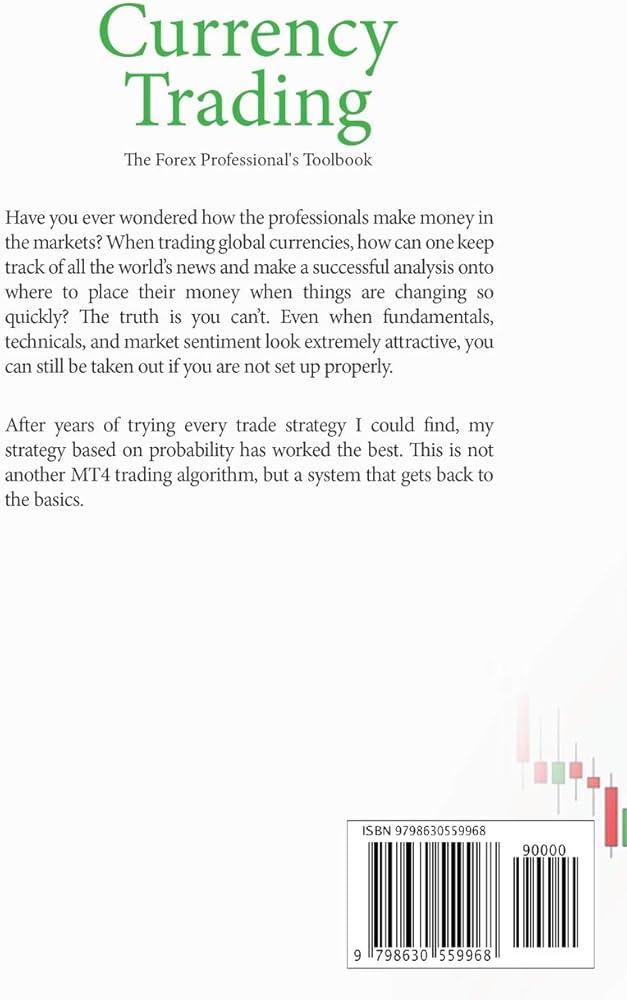Did you know that traders often rely on gut feelings, only to find out their stomachs are just hungry? Understanding market sentiment is crucial for day traders looking to navigate the ever-changing landscape of financial markets. In this article, we explore what market sentiment means, how to identify it, and why it's essential for your trading success. We’ll discuss the tools available for analyzing sentiment, the impact of news, social media, and forums, as well as how technical and economic indicators play a role. Additionally, we’ll highlight common mistakes and strategies to adapt your trading approach based on sentiment. With insights from DayTradingBusiness, you'll learn how to effectively incorporate market sentiment into your trading plan and enhance your decision-making process.
What is Market Sentiment in Day Trading?
Market sentiment in day trading refers to the overall attitude of investors toward a particular stock or the market as a whole. It gauges whether traders feel bullish (optimistic) or bearish (pessimistic).
To use market sentiment effectively in day trading, monitor news, social media, and trading volume. Look for patterns in price movements and sentiment indicators like the Fear & Greed Index. Analyze how sentiment shifts can affect stock prices, and adjust your trading strategies accordingly. For example, if sentiment turns bullish, you might consider buying; if it’s bearish, you may want to sell or short-sell.
How Can I Identify Market Sentiment?
To identify market sentiment in day trading, monitor news headlines and social media for real-time reactions. Use sentiment analysis tools that gauge trader emotions from data. Analyze price movements and volume; sharp price changes with high volume often indicate strong sentiment. Check indicators like the Fear & Greed Index or put/call ratios for broader market sentiment insights. Finally, follow key economic reports and earnings releases that can sway trader feelings.
Why is Market Sentiment Important for Day Traders?
Market sentiment is crucial for day traders because it influences price movements and helps identify potential entry and exit points. By gauging whether the market is bullish or bearish, traders can make informed decisions aligned with prevailing trends. Monitoring news, social media, and trading volume can reveal shifts in sentiment that signal upcoming volatility. Using tools like sentiment indicators or analyzing trader behavior can enhance strategy effectiveness, allowing day traders to capitalize on rapid price changes. Understanding sentiment aids in risk management and improves timing for trades, maximizing profit potential.
What Tools Can Help Analyze Market Sentiment?
To analyze market sentiment in day trading, use the following tools:
1. Sentiment Analysis Platforms: Tools like MarketPsych and SentimentTrader provide insights on market mood based on news and social media.
2. Social Media Analytics: Twitter and StockTwits can gauge real-time sentiment through trending topics and hashtags.
3. News Aggregators: Services like Feedly or Google News keep you updated on market-moving headlines.
4. Technical Indicators: Use indicators like the Fear and Greed Index or the Put/Call Ratio to measure market sentiment quantitatively.
5. Brokerage Tools: Many trading platforms offer built-in sentiment analysis features, showing trader positions and sentiment data.
Incorporate these tools to inform your day trading strategies effectively.
How Does News Impact Market Sentiment?
News impacts market sentiment by shaping traders' perceptions and expectations. Positive news can boost confidence, driving prices up, while negative news often leads to fear and selling pressure. Day traders can use this to their advantage by monitoring news releases and market reactions. For instance, strong earnings reports might create bullish sentiment, prompting quick buy strategies. Conversely, geopolitical tensions can trigger sell-offs, allowing traders to short stocks. Understanding how news influences sentiment helps in making informed, timely trading decisions.
What Role Do Social Media and Forums Play in Market Sentiment?
Social media and forums significantly influence market sentiment by shaping traders' perceptions and reactions. Real-time discussions on platforms like Twitter and Reddit can amplify price movements, as traders share news, opinions, and strategies. Positive or negative sentiment can lead to swift buying or selling decisions. Monitoring these platforms helps day traders gauge market mood, identify trends, and make informed trades based on collective sentiment. Engaging with these communities can also provide insights into upcoming catalysts that may affect stock prices.
How Can I Use Technical Analysis to Gauge Market Sentiment?
To gauge market sentiment using technical analysis in day trading, focus on these key methods:
1. Trend Lines: Draw trend lines to identify overall market direction. A strong upward trend indicates bullish sentiment, while a downward trend suggests bearish sentiment.
2. Volume Analysis: Analyze trading volume alongside price movements. Increasing volume with price rises signals strong bullish sentiment; increasing volume with price drops indicates bearish sentiment.
3. Indicators: Use indicators like the Relative Strength Index (RSI) and Moving Averages (MA). An RSI above 70 suggests overbought conditions (bearish sentiment), while below 30 indicates oversold conditions (bullish sentiment).
4. Candlestick Patterns: Look for reversal patterns, like doji or hammer candlesticks, which can signal shifts in sentiment.
5. Support and Resistance Levels: Identify key levels where price tends to reverse. If prices break resistance, sentiment is bullish; breaking support indicates bearish sentiment.
By combining these tools, you can effectively assess market sentiment and make informed decisions in day trading.
What Indicators Reflect Market Sentiment?

Indicators that reflect market sentiment include the Fear and Greed Index, put-call ratios, and the Commitment of Traders report. Additionally, social media sentiment analysis and news sentiment can provide insights. Look for trends in these indicators to gauge whether the market is leaning bullish or bearish, which can guide your day trading decisions.
How Do Economic Indicators Affect Market Sentiment?
Economic indicators like GDP growth, unemployment rates, and inflation impact market sentiment by influencing traders' perceptions of economic health. Positive indicators can boost confidence, leading to increased buying activity, while negative indicators may trigger fear and selling. Day traders can use this sentiment to make quick decisions, buying on positive news and selling on negative reports. Monitoring key indicators helps anticipate market movements and align trades with prevailing sentiment for better outcomes.
Can Market Sentiment Predict Price Movements?
Yes, market sentiment can predict price movements in day trading. Traders often analyze social media, news, and indicators like the Fear & Greed Index to gauge sentiment. Positive sentiment can drive prices up, while negative sentiment often leads to declines. By integrating sentiment analysis with technical indicators, you can make more informed trading decisions. For instance, if sentiment is bullish but technical charts show resistance, be cautious. Recognizing shifts in sentiment can help you enter or exit trades effectively.
How Should I Adjust My Trading Strategy Based on Market Sentiment?

Adjust your trading strategy based on market sentiment by first gauging the overall mood of the market through news, social media, and sentiment indicators. If sentiment is bullish, consider increasing your long positions; if bearish, look to short-sell or reduce exposure. Use tools like the Fear and Greed Index to measure sentiment shifts. Pay attention to volume spikes and price movements that contradict sentiment; they can signal reversals. Always set stop-loss orders to protect against sudden sentiment changes. Regularly reassess your strategy to align with evolving market emotions.
What Are Common Mistakes in Interpreting Market Sentiment?
Common mistakes in interpreting market sentiment include:
1. Overreacting to News: Traders often jump on headlines without considering the broader context, leading to impulsive decisions.
2. Ignoring Contrarian Signals: Failing to recognize when sentiment is overly bullish or bearish can result in missed opportunities for profit.
3. Neglecting Volume Analysis: Relying solely on sentiment indicators without analyzing trading volume can give a misleading picture of market strength.
4. Following the Herd: Blindly following popular sentiment can result in losses, especially if the majority is wrong.
5. Short-Term Focus: Overemphasizing short-term sentiment swings can lead to emotional trading rather than strategic decision-making.
6. Confirmation Bias: Traders often seek information that confirms their existing beliefs, ignoring data that contradicts their views.
7. Underestimating Market Psychology: Not considering the emotional factors that drive market behavior can lead to poor trading choices.
8. Lack of Risk Management: Ignoring sentiment's volatility can lead to significant losses if proper risk management strategies aren’t in place.
How to Combine Market Sentiment with Other Trading Strategies?
To combine market sentiment with other trading strategies in day trading, start by integrating sentiment analysis tools like social media sentiment, news sentiment, and volatility indicators. Use these insights to gauge market mood and adjust your entry and exit points accordingly.
For example, if sentiment is bullish but technical indicators suggest a potential reversal, consider waiting for confirmation before entering a trade. Conversely, if sentiment is bearish and your strategy signals a short opportunity, act on it promptly.
Always cross-reference sentiment data with fundamental and technical analysis to validate trades. This holistic approach enhances decision-making and can improve your trading outcomes.
Learn about How Does Market Microstructure Affect Day Trading Strategies?
How Does Market Sentiment Differ Across Asset Classes?
Market sentiment varies across asset classes due to differing influences and investor behaviors. In stocks, sentiment can be driven by earnings reports, news, and economic indicators, leading to rapid price changes. Forex markets are often influenced by geopolitical events and central bank policies, impacting currency values based on trader perceptions. Commodities react to supply and demand dynamics, with sentiment shaped by weather conditions or geopolitical tensions. Cryptocurrencies are heavily influenced by social media trends and market speculation, making sentiment more volatile. Understanding these nuances helps day traders adapt strategies to each asset class effectively.
What Are the Psychological Aspects of Market Sentiment in Trading?

Market sentiment in day trading reflects the overall mood of traders, influenced by news, trends, and emotions. Key psychological aspects include:
1. Fear and Greed: Traders often act on fear of missing out (FOMO) or panic selling, impacting price movements.
2. Herd Behavior: Many follow the crowd, leading to rapid price changes as traders react to collective sentiment.
3. Confirmation Bias: Traders tend to seek information that supports their existing views, which can skew their decision-making.
4. Overconfidence: A belief in their own ability can lead traders to take excessive risks, often resulting in losses.
5. Loss Aversion: The pain of losing is more intense than the pleasure of winning, driving traders to make conservative choices.
To effectively use market sentiment in day trading, pay attention to news releases, monitor social media trends, and analyze market indicators. Stay aware of your emotions and avoid letting them dictate your trades.
How Can I Develop a Trading Plan Using Market Sentiment?
To develop a trading plan using market sentiment, start by analyzing sentiment indicators like the Fear & Greed Index or the Commitment of Traders report. Incorporate social media trends and news sentiment to gauge public opinion. Define your entry and exit points based on sentiment shifts; for instance, if sentiment turns bullish, consider buying. Set clear risk management rules, like stop-loss levels, based on how sentiment can quickly change. Finally, regularly review and adjust your plan based on ongoing sentiment analysis to stay aligned with market dynamics.
Learn about How to Develop a Risk Management Plan for Day Trading
Conclusion about How to Use Market Sentiment in Day Trading
Incorporating market sentiment into your day trading strategy is essential for maximizing your success. By understanding how to identify and analyze sentiment through various tools and indicators, you can make more informed trading decisions. Recognizing the impact of news, social media, and economic indicators will further enhance your ability to predict price movements. Avoid common pitfalls in interpretation and learn to integrate sentiment analysis with other strategies for a comprehensive approach. For tailored insights and advanced techniques, consider exploring resources from DayTradingBusiness to refine your trading plan and boost your performance.
Learn about How to Use Market Microstructure Data to Improve Day Trading Outcomes